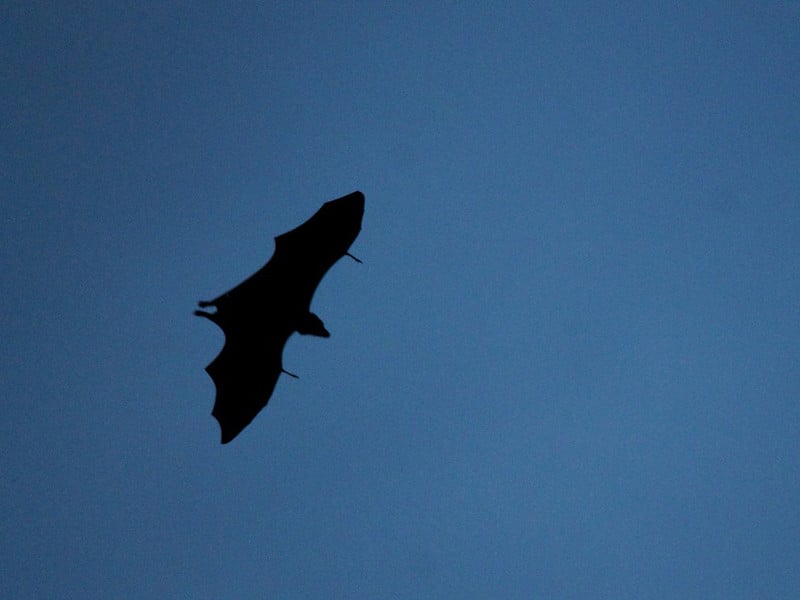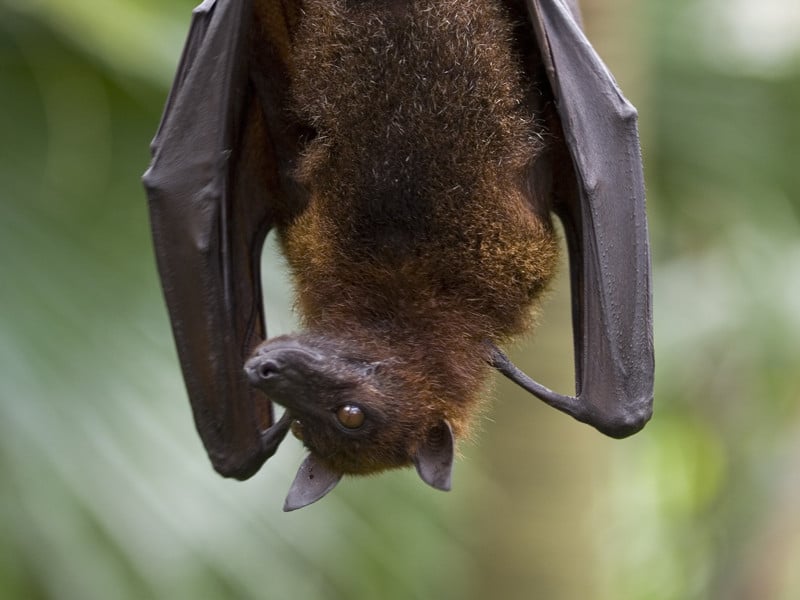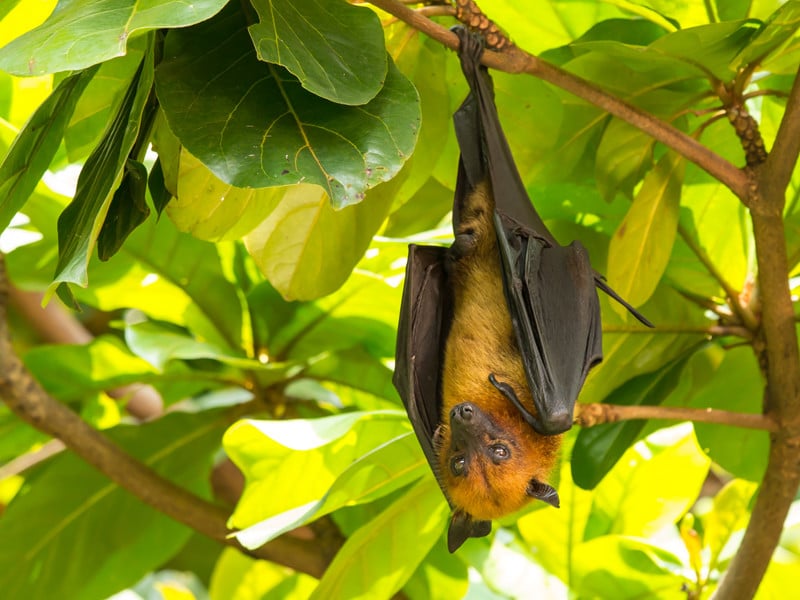Over 1,200 different species of bats have been identified. This is approximately 20% of all of the mammals in the world. They aren’t out there trying to get tangled up in the hair of humans either. That is a huge myth and why many people cover their heads when they see bats coming their direction.
The biggest variation among them happens to be in reference to their size. The smallest species is only about an ounce in weight and about 2 inches long. The largest species is about 3 pounds and they are about 5 feet long. There are plenty of sizes of bats that fall between those two spectrums.
Bat Species |
Each species of bat belongs to a suborder based on its size. The two suborders that exist include the Megachiroptera which are megabats. There is also the Microchiroptera which are the microbats. They are also the ones that rely on echolocation to help them with movements and communications.
One of the main differences among the species of bats has to do with their diet. About 70% of them consume insects and bugs. The rest of them rely on various types of fruit to feed upon. Only a select few species known as the Vampire Bats actually consume blood. The survival instinct of the bat is one that is very strong. Many researchers are fascinated with the way in which they have evolved.
Many species of bats rely upon echolocation in order to help them be able to locate their prey. They send out sounds and then wait for the echoes of them to come back. They are very precise in their efforts. The movements of bats is simplistic due to the design of their wings. Spread your fingers out and look at them. This is the same type of set up that is inside of the wings of bats. The flexibility of the finger like structures are what make them able to fly.
About 70% of them consume insects and bugs.
It isn’t true that bats are related to rodents. In fact, they are related more to humans than to rodents! Some believe that the varies species out there may be a descendent of early Lemurs. When bat species aren’t looking for food or sleeping they are usually grooming and socializing. They are very clean creatures and will spend lots of time grooming themselves so that their fur remains soft.
While the bat definitely gets bad reputation out there, the fact remains that the various species are very helpful to the environment. Bats typically aren’t a danger and they will stay in their colonies. It is the fear of them though that increases anxiety. As people learn more about them though that fear will subside.
It can be fun to compare the different bat species so that you can appreciate how they are the same and how they are different. It can be fun to learn about their environment and what the different species of bats do for food. Bats don’t seem to be in danger of extinction even though some populations of them are much lower than others. They are highly susceptible to various viruses and fungus in their environment. Such exposure has been known to wipe out large numbers of them quickly.
They are highly susceptible to various viruses and fungus in their environment.
One of the concerns though is that bat species don’t reproduce very quickly. They only have one offspring at a time. However, some species can reproduce several times per season. Therefore when large numbers of a colony are wiped out it can take a very long time before they are able to start getting those numbers to increase again.
They can be very caring creatures. In some bat species the orphaned young will be well cared for by other females. There are also species that readily share their food with those that are injured. Such caring ways aren’t something the average person typically associates with any bat species.








